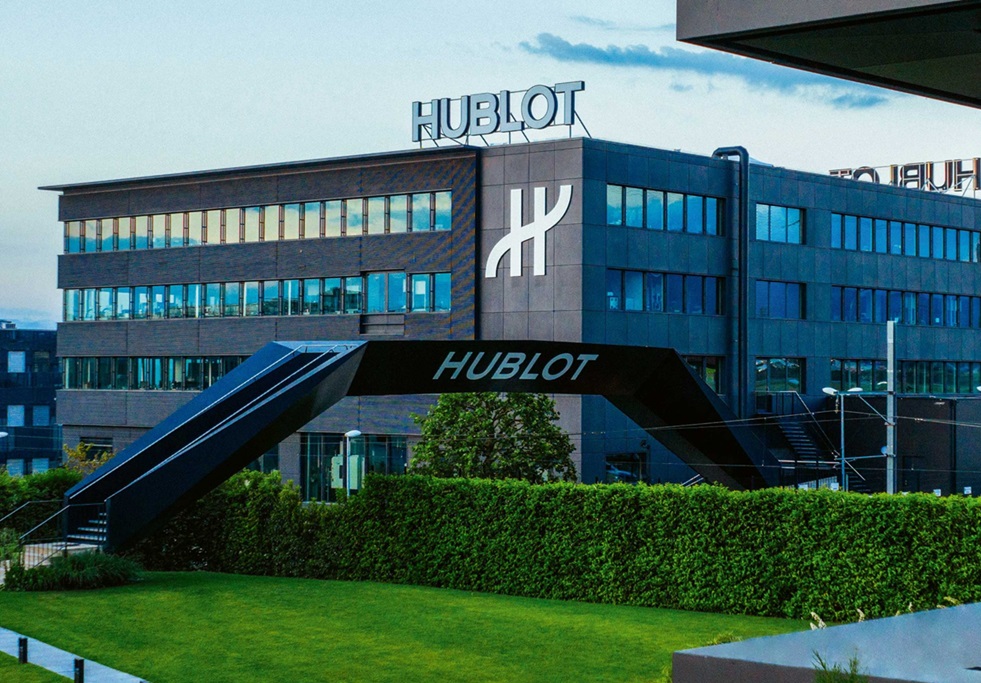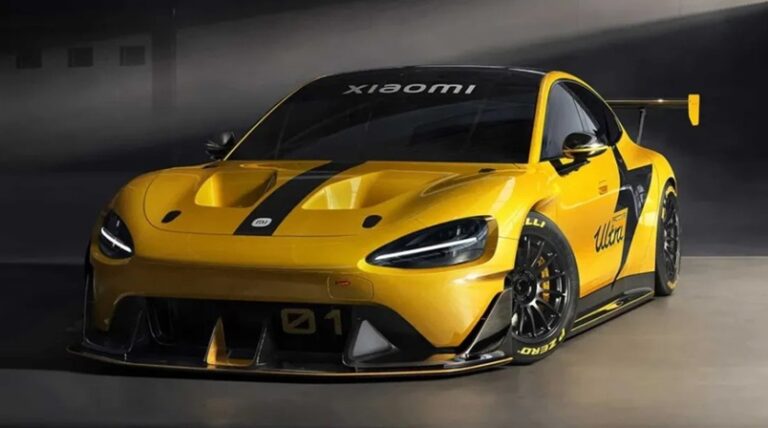Luxury conglomerate LVMH is ramping up efforts to capture a larger share of the global luxury watch market, unveiling a new watch division and a lineup of high-end models.
The global luxury watch market is estimated to be worth around $30 billion this year, with projections to surpass $37 billion by 2032. This growth is driven by increasing global wealth and growing interest from Generation Z and millennials in high-end mechanical watches. In 2023, LVMH’s jewelry and watch division recorded sales of $11.8 billion, marking a 7% organic growth. The conglomerate now boasts 10 watch brands, including TAG Heuer, Hublot, and Zenith, alongside fashion and jewelry brands such as Louis Vuitton, Bulgari, and Dior, which also offer watches.
Last month, LVMH appointed Frederic Arnault, the 29-year-old son of LVMH Chairman and CEO Bernard Arnault, as CEO of LVMH Watches, overseeing TAG Heuer, Hublot, and Zenith. Analysts estimate that these three brands generated approximately $2 billion in sales last year. Frederic Arnault, known for introducing popular new models at TAG Heuer, is expected to bring his focus on innovation, advanced materials, and creative designs to the broader brand group. Analysts suggest that LVMH may continue to acquire attractive brands if opportunities arise.
The CEOs of these brands expressed optimism about 2024, anticipating stronger performance compared to 2023, which saw subdued demand due to rising interest rates and recession fears. They highlighted the resilience of the American luxury consumer, noting that despite economic fluctuations, the wealthy segment remains robust. Executives emphasized the importance of catering to “super-spenders” and VIP collectors who continue to prioritize quality and craftsmanship.
Benoit de Clerck, CEO of Zenith, commented on the cyclical nature of the American market, stating, “It’s all about cycles, and the beauty of America is that the cycles are very short.” He expressed confidence in Zenith’s upward trajectory in the U.S. market. The trend of focusing on the high end is evident across Bulgari’s businesses, according to CEO Jean-Christophe Babin, who noted increased sales of high-end jewelry, watches, and bags. Babin highlighted the growing strength of the high-end segment and the eagerness of the wealthy to invest in reputable and timeless brands.
LVMH is also targeting the burgeoning women’s luxury watch segment, which, while currently accounting for about a third of total sales, is experiencing rapid growth. This trend is driven by increased exposure on social media and a growing range of models designed for women. The rising population of affluent women, both self-made and inherited, is fueling this growth.
In the competitive luxury watch market, brands must continuously innovate with materials, complications, and designs to attract consumers and retain collectors. TAG Heuer’s success with the Carrera Plasma, featuring lab-grown diamonds, and the teal-green Carrera Glassbox Chronograph exemplifies this innovation. Julien Tornare, CEO of TAG Heuer, emphasized LVMH’s advantage in innovation and desirability compared to other watch brands.
Many LVMH brands are leveraging their heritage to create new designs and models. Zenith’s Chronomaster Triple Calendar, inspired by a rare prototype from 1970, and Bulgari’s focus on high-end jewelry and watches are examples of this approach. While offering highly complicated watches, Zenith aims to deliver value to customers. Hublot, known for its bold and large watches, recently launched a limited-edition watch priced at $250,000, reflecting the brand’s commitment to innovation and craftsmanship.
As the luxury watch market continues to evolve, LVMH’s strategic focus on innovation, desirability, and catering to diverse consumer segments positions it for further growth and success in the global luxury watch business.
(Source: CNBC | NBC 5 | OtherWeb | Techgolly)







